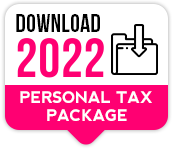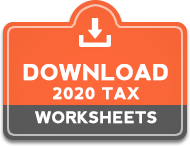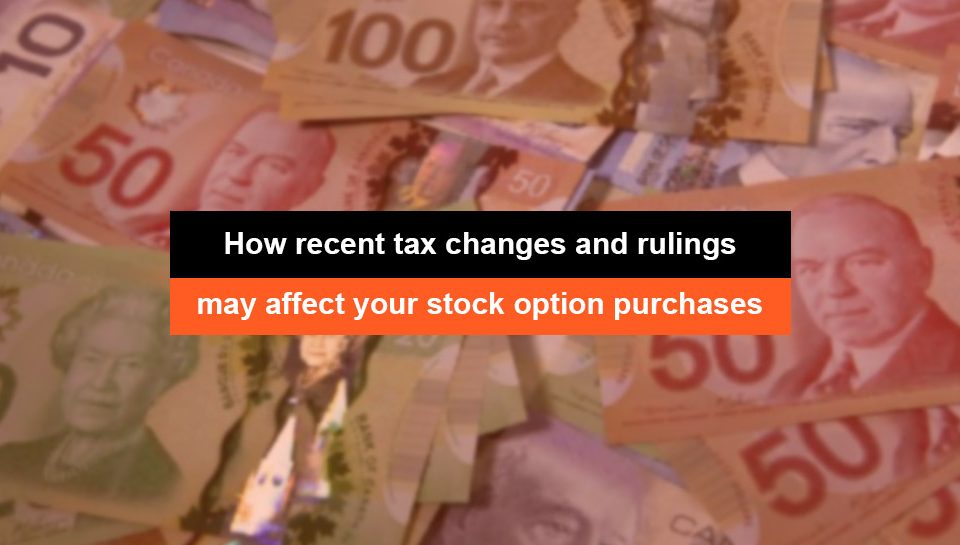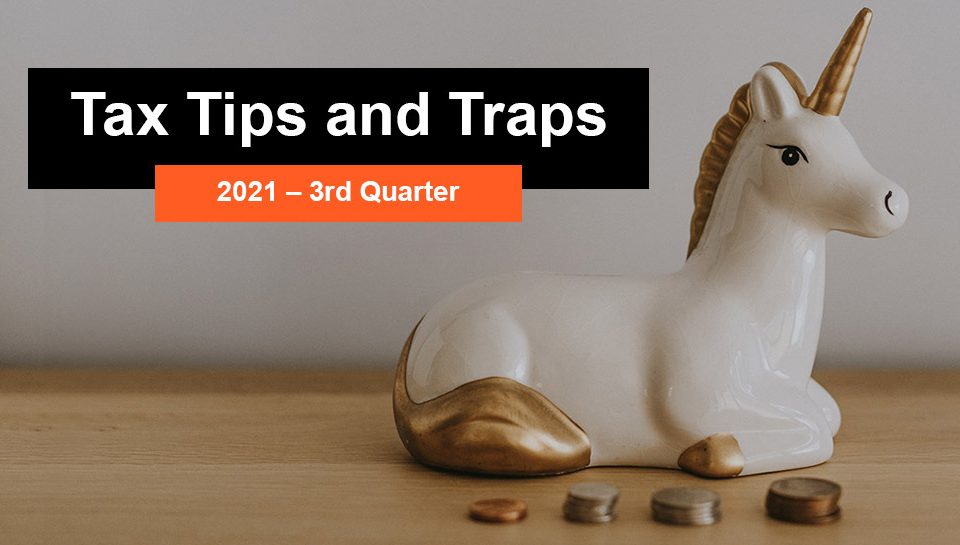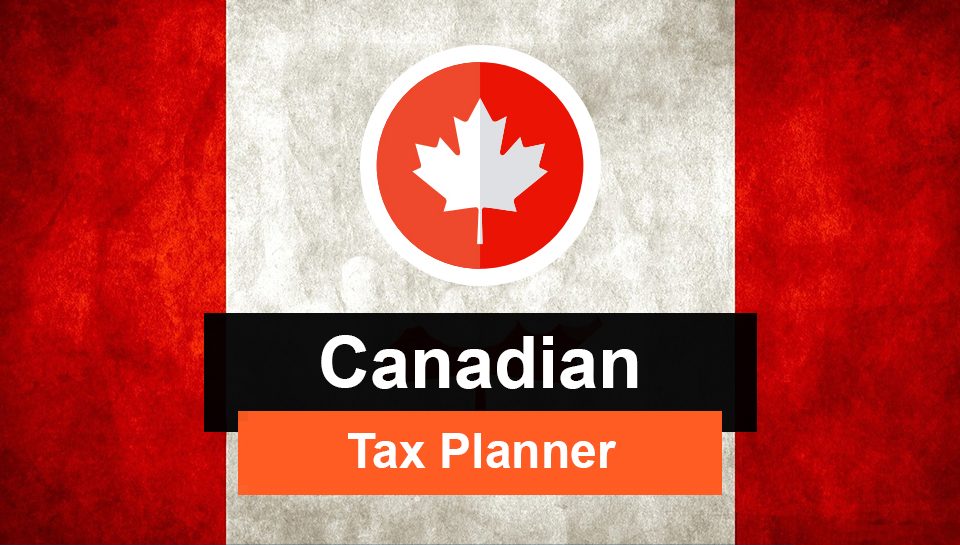
Employees should consider these strategies before year-end to pay less tax
October 25, 2021
Pattie Lovett-Reid: Your financial action plan for 2022
December 13, 2021YEAR-END TAX PLANNING
December 31, 2021 is fast approaching… see below for a list of tax planning considerations. Please contact us for further details or to discuss whether these may apply to your tax situation.
SOME 2021 YEAR-END TAX PLANNING TIPS INCLUDE:
- Certain expenditures made by individuals by December 31, 2021 will be eligible for 2021 tax deductions or credits, including digital news subscriptions, moving expenses, child care expenses, charitable donations, political contributions, registered journalism organization contributions, medical expenses, alimony, eligible employment expenses, union, professional or like dues, carrying charges and interest expense. Ensure you keep all receipts that may relate to these expenses.
- There are benefit clawbacks (required repayments) associated with certain COVID-19 related benefit payments, depending on annual earnings. The amounts for 2021 are:
- Canada recovery benefit (CRB) – $0.50 of every dollar earned over $38,000 (excluding CRB amounts)
- Employment insurance – $0.30 of every dollar earned over $70,375
See the later section of this newsletter, “2021 Remuneration,” for tips on managing your income levels to minimize these clawbacks.
- While some tax was withheld on COVID-19 related benefits, such as Canada response benefit (CRB), Canada recovery caregiving benefit (CRCB), Canada recovery sickness benefit (CRSB) and employment insurance benefit payouts, in many cases, it will not be sufficient to cover the tax owning on these receipts.
- Some individuals who received certain COVID-19 benefits in 2020 and whose income was below $75,000 were effectively provided with a one-year extension to their personal tax payment deadline. Individuals who enjoyed this temporary relief should ensure that they have the funds to pay their 2020 and 2021 personal tax liabilities when they come due on April 30, 2022.
- A senior whose 2021 net income exceeds $79,845 will lose all, or part, of their old age security Senior citizens will also begin to lose their age credit if their net income exceeds $38,893. Consider limiting income over these amounts, if possible. Another option would be to defer receiving Old Age Security receipts (for up to 60 months) if it would otherwise be eroded due to high-income levels.
- If you own a business or rental property, also consider making a capital asset purchase by the end of the year. Most capital assets purchased in 2021 will be eligible for an accelerated depreciation deduction. For example, a piece of equipment normally eligible for a 10% deduction in the first year (Class 8) would be entitled to a 30% deduction. This benefit is available even if purchased and made available for use just before year-end.
Some zero-emission electric vehicles purchased by businesses may be eligible for a 100% write-off (limited in some cases to the first $55,000). Alternatively, zero-emission vehicles purchased in 2021 may be eligible for a federal incentive rebate of up to $5,000.
- Consider selling non-registered securities, such as a stock, mutual fund or exchange-traded fund, that has declined in value since it was bought to trigger a capital loss that can offset capital gains in the year. Anti-avoidance rules may apply when selling and buying the same security.
- Consider restructuring your investment portfolio to convert non-deductible interest into deductible interest. It may also be possible to convert personal interest expense, such as interest on a house mortgage or personal vehicle, into deductible interest.
- If you have equity investments or loans made to a Canadian small business that has become insolvent or bankrupt, an allowable business investment loss (ABIL) may be available. For loans to corporations to be eligible, the borrower must act at arm’s length. ABILs can be used to offset income beyond capital gains, such as interest, business or employment income.
- If a commercial debt you owe (generally a business loan) has been forgiven, special rules apply that may result in additional taxes or other adjustments to the tax return.
- You have until Tuesday, March 1, 2022, to make tax-deductible registered retirement savings plan (RRSP) contributions for the 2021 year. This may also assist in managing income for the year to avoid a clawback of Canada recovery benefit (CRB) payouts. Also, consider the higher income earning individual contributing to their spouse’s RRSP via a “spousal RRSP” for greater tax savings.
- Individuals 18 years of age and older may deposit up to $6,000 into a tax-free savings account in 2021. An additional $6,000 may be contributed starting on January 1, 2022. Consider a catch-up contribution if you have not contributed the maximum amounts for prior years. An individual’s contribution room can be found online on CRA’s My Account.
- A Canada education savings grant for registered education savings plan (RESP) contributions equal to 20% of annual contributions for children (maximum $500 per child per year) is available. In addition, lower-income families may be eligible to receive a Canada Learning Bond.
- A registered disability savings plan (RDSP) may be established for a person who is under the age of 60 and eligible for the disability tax credit. Non-deductible contributions to a lifetime maximum of $200,000 are permitted. Grants, bonds and investment income earned in the plan are included in the beneficiary’s income when paid out of the RDSP.
- Canada pension plan (CPP) receipts may be split between spouses aged 65 or over (application to CRA is required). Also, it may be advantageous to apply to receive CPP early (age 60-65) or late (age 65-70).
- Are you a U.S. resident, citizen or green card holder? Consider U.S. filing obligations with regards to income and financial asset holdings. Filing obligations may also apply if you were born in the U.S.
Information exchange agreements have increased the flow of information between CRA and the IRS. Collection agreements enable CRA to collect amounts on behalf of the IRS.
- If income, forms or elections have been missed in the past, a voluntary disclosure to CRA may be available to avoid penalties.
2021 REMUNERATION
Higher personal income levels are taxed at higher personal rates, while lower levels are taxed at lower rates. Therefore, individuals may want to, where possible, adjust income out of high-income years and into low-income years. This is particularly useful if the taxpayer is expecting a large fluctuation in income due to, for example, an impending
- maternity/paternity leave;
- large bonus/dividend; or
- sale of a company or investment assets.
In addition to increases in marginal tax rates, individuals should consider other costs of additional income. For example, an individual with a child may receive reduced Canada child benefit (CCB) payments. Likewise, excessive personal income may reduce receipts of OAS, GIS, GST/HST credit and other provincial/ territorial programs.
There are a variety of ways to smooth income over several years to ensure an individual is maximizing access to the lowest marginal tax rates. For example,
- Taking more, or less, earnings out of the company (in respect of owner-managed companies).
- Realizing investments with a capital gain/loss.
- Deciding whether to claim RRSP contributions made in the current year or carry forward the contributions.
- Withdrawing funds from an RRSP to increase income. However, care should be given to the loss in the RRSP room based on the withdrawal.
- Deciding on whether or not to claim CCA on assets used to earn rental/business income.
Dividends paid out to shareholders of a corporation that do not “meaningfully contribute” to the business may result in higher taxes due to the “tax on split income” rules.
Year-end planning considerations not specifically related to changes in income levels and marginal tax rates include:
- Corporate earnings in excess of personal requirements could be left in the company to obtain a tax deferral (the personal tax is paid when cash is withdrawn from the company).
The effect on the “qualified small business corporation” status should be reviewed before selling the shares where large amounts of capital have accumulated. In addition, changes that may limit access to the small business deduction where significant corporate passive investment income is earned should be reviewed.
- If dividends are paid out of a struggling business with a tax debt that cannot be paid, the recipient could be held liablefor a portion of the corporation’s tax debt, not exceeding the value of the dividend (Section 160 assessments).
- Year-end bonuses can affect the business’ Canada emergency wage subsidy (CEWS) and Canada recovery hiring program (CRHP) and the recipient’s Canada recovery benefit (CRB). If the bonus partially relates to a claim period, it could increase entitlement to CEWS or CRHP. On the other hand, it could clawback your CRB claim if it pushes your annual net income (excluding CRB) above $38,000.
- Individuals that wish to contribute to the CPP or an RRSP may require a salary to generate “earned income.” RRSP contribution room increases by 18% of the previous years’ “earned income” up to a yearly prescribed maximum ($27,830 for 2021; $29,210 for 2022).
- Dividend income, as opposed to a salary, will reduce an individual’s cumulative net investment loss balance, thereby potentially providing greater access to the capital gain exemption.
- Consider paying taxable dividends to obtain a refund from the “refundable dividend tax on hand” account in the corporation. The refund amount may be restricted if “eligible” dividends are paid. Eligible dividends are subject to lower personal tax rates.
- It is costlier, from a tax perspective, to earn income in a corporation from sales to other private corporations in which the seller or a non-arm’s length person has an interest. As such, consideration may be given to paying a bonus to the shareholder and specifically tracking it to those higher-taxed sales. Such a payment may reduce the total income taxed at higher rates.
- Careful tracking of an individual shareholder’s labour and capital contribution to the business, as well as risk assumed in respect of the business, should be maintained in a permanent file. Dividends paid that are not reasonable in respect of those contributions may be considered “split income” and taxed at the highest tax rate. Several other exceptions may also apply.
- Access to the corporate federal small business deduction is reduced where more than $50,000 of passive income is earned in the corporation. Consider whether it is appropriate to remove passive income-generating assets from the corporation and whether a shift in the types of passive assets held is appropriate. In some provinces, it may actually be beneficial to have access to the federal small business deduction restricted. As many variables affect these decisions, consultation with a professional advisor is suggested.
- If you provide services to a small number of clients through a corporation (that would otherwise be considered your employer), CRA could classify the business as a personal services business. There are significant negative tax implications of such a classification. In such scenarios, consider discussing risk and exposure minimization strategies (such as paying a salary to the incorporated employee) with your professional advisor.
